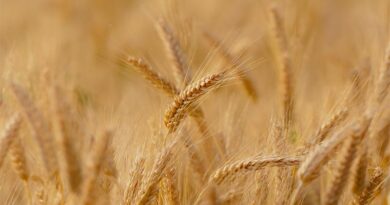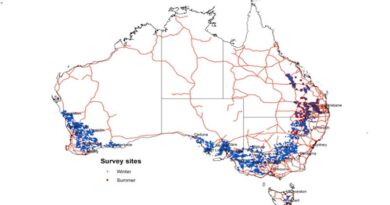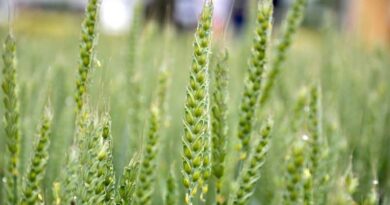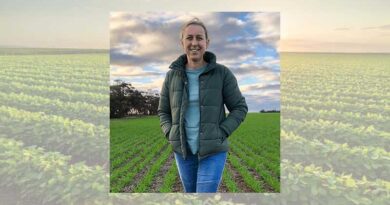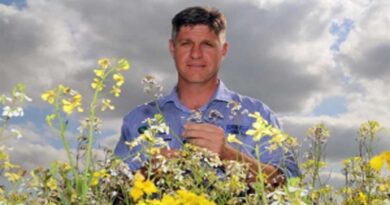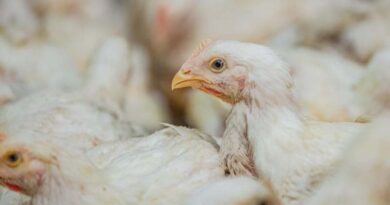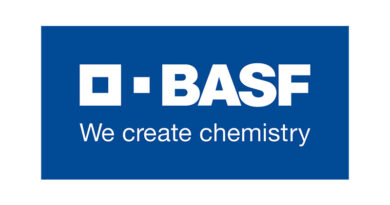Ground-breaking research set to establish better ryegrass management for Aussie grain farms
03 May 2023, AU: Researchers have made a scientific breakthrough which could significantly advance understanding herbicide resistance in ryegrass, with the new information set to help combat the weed for Australian grain growers.
Scientists from the University of Melbourne and CSIRO, Australia’s national science agency, have completed the sequencing of the ryegrass genome, which will provide an understanding of how certain genes construct and deconstruct protein to build herbicide resistance.
The work is part of a Grains Research and Development Corporation (GRDC) co-investment into the Australian Government Department of Agriculture, Fisheries and Forestry’s Advancing Pest Animal and Weed Control Solutions program. It is a global milestone for weed management that is expected to improve the fight against herbicide resistance by influencing optimal management strategies.
Sequencing a genome determines the entirety of a DNA sequence of an organism and its DNA patterns.
University of Melbourne senior lecturer in the Faculty of Science, Dr Alex Fournier-Level, said understanding ryegrass’ DNA patterns is the start of being able to identify the presence of resistant genes and how they form.
“In the future, we’re wanting to be able to test the DNA of a weed in the paddock, sequence it and diagnose its level of resistant genes,” he said.
“In theory, we’ll be able to test a grower’s ryegrass and tell them in a timely manner which kind of resistance they may have and how best to treat it – as we’ll be able to easily identify whether their population has resistant genes present.”
Dr Fourier-Level said this information will allow ryegrass to be analysed at the molecular level and would inform which herbicide could best control the weed.
“DNA technology could allow an in-season diagnosis of herbicide resistance, to help growers manage resistant ryegrass varieties early, giving them more opportunity to control the weed,” he said.
“These advancements will also mean we’ll be able to look at resistance on a landscape scale, which is appropriate because herbicide resistance spreads. Being a conscious neighbour and minimising weed spread has benefits for the whole industry.”
When conducting the ryegrass sequencing, research associate Dr Jefferson Paril, from the University of Melbourne, sourced many populations of the weed from across south-eastern Australia.
GRDC senior manager crop protection, Dr Emma Colson, said the sequencing of the ryegrass genome is extremely exciting for herbicide resistance, which costs Australian agriculture between $2.4-4.5 billion annually.
“Weed management is crucial for improving growers’ bottom lines and this work will help develop more timely, accurate options to address ryegrass on farm,” she said.
“It’s so important GRDC invests in this world-class work that’s leading the way in weed management and fighting herbicide resistance.
“This is a huge deal for the grains industry and should be celebrated as a milestone that is helping Australian grain growers handle a significant issue that impacts our industry dramatically.”
CSIRO senior research consultant, Dr Rahul Rane, said the broader Australian Pest Genome Partnership, which this project forms part of, is sequencing genomes of Australia’s top pest and invasive species.
“Having access to genetic blueprints of pests and weeds will underpin next generation species-specific solutions,” he said.
More information on this work can be found via CSIRO’s Australian Pest Genome Partnership (APGP) project page at:
Also Read: Absolute launches its biological agri-input business Inera CropScience
(For Latest Agriculture News & Updates, follow Krishak Jagat on Google News)


